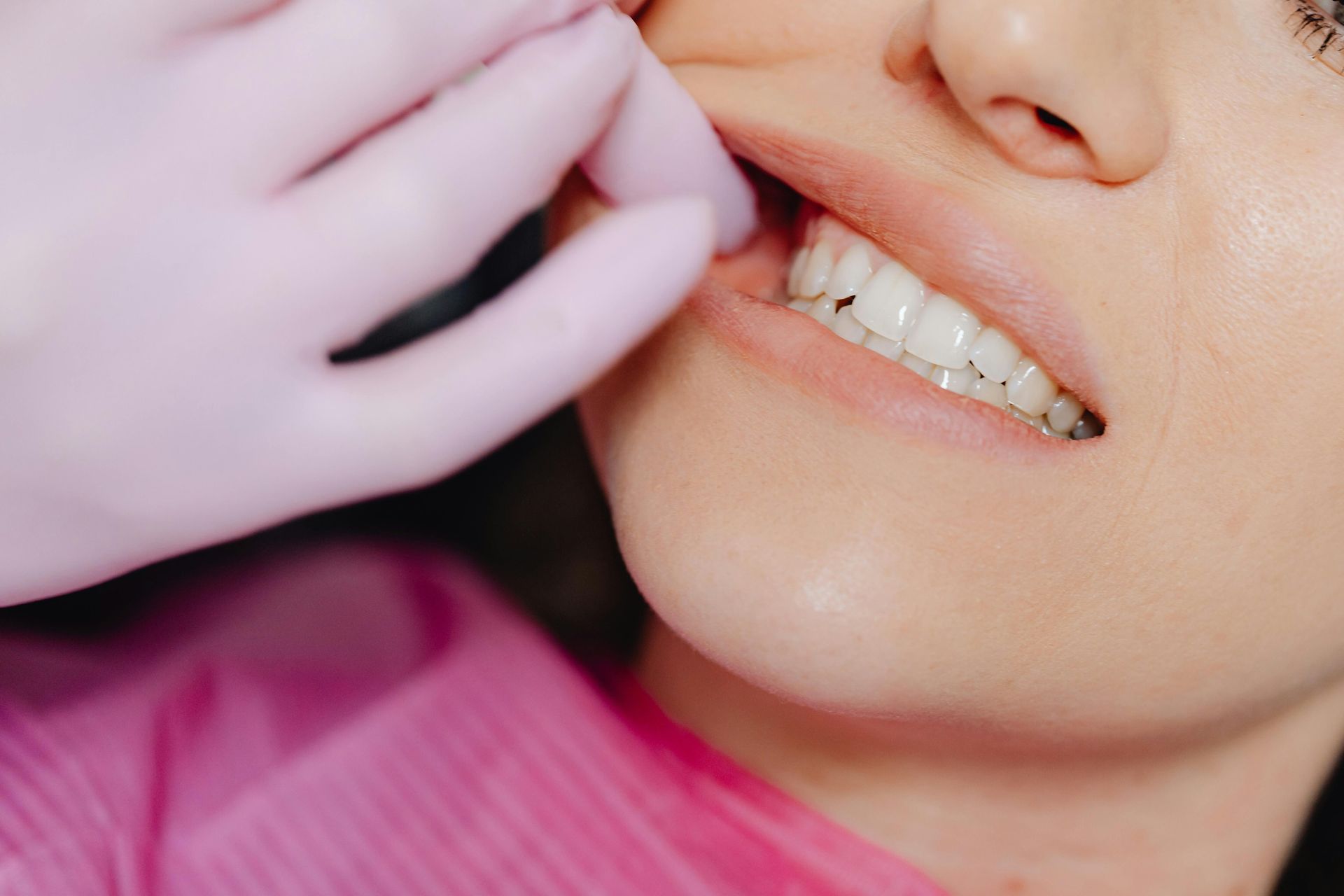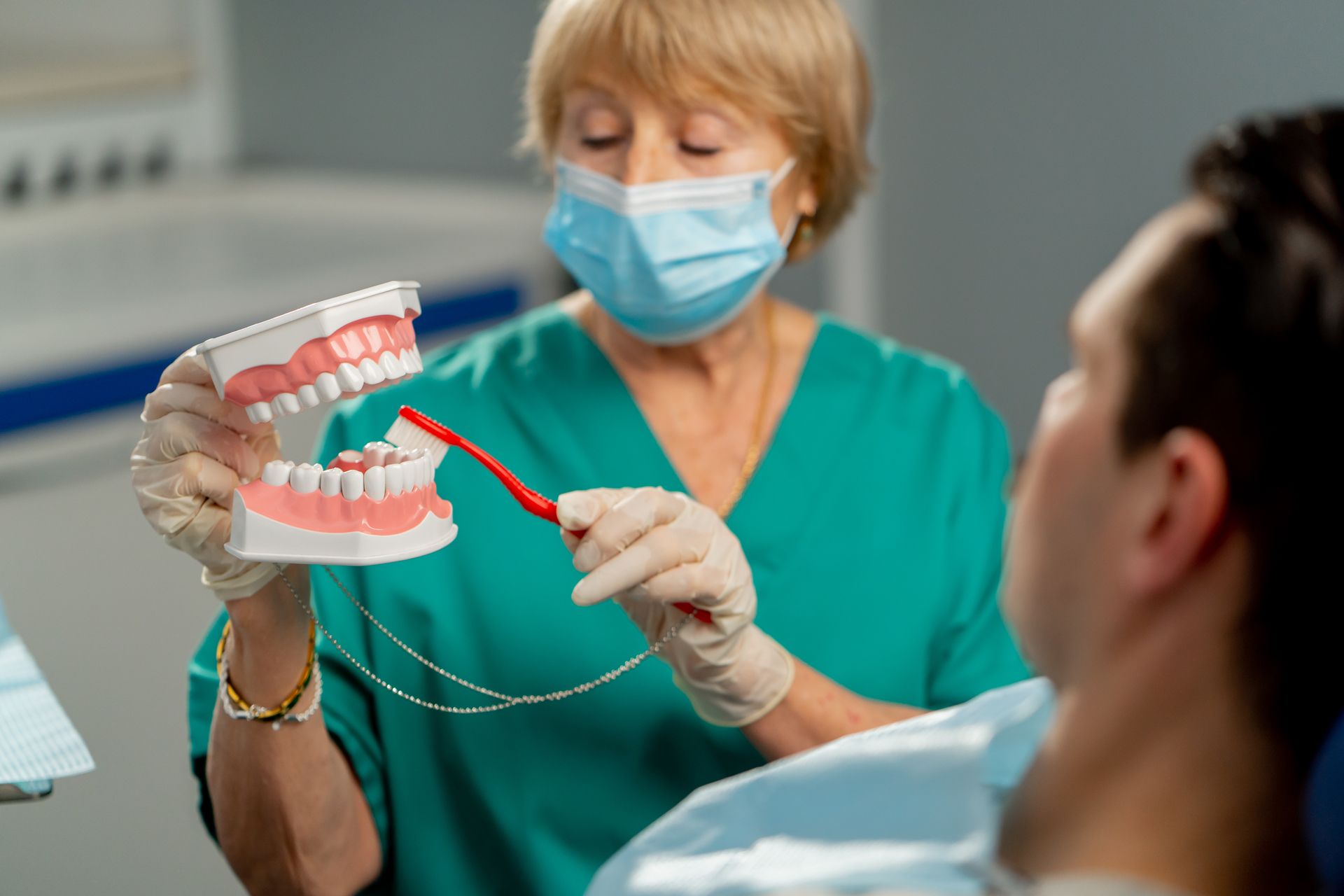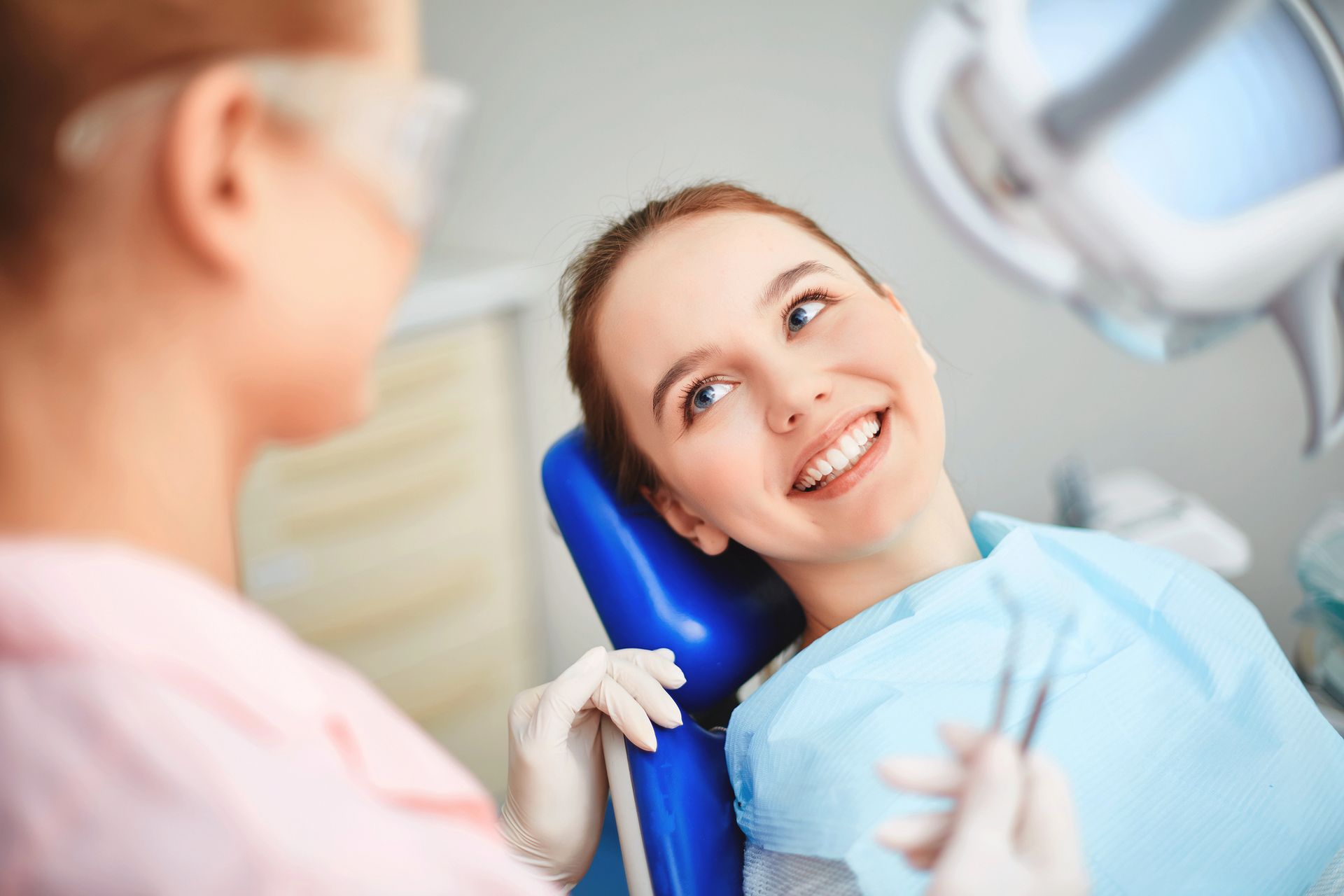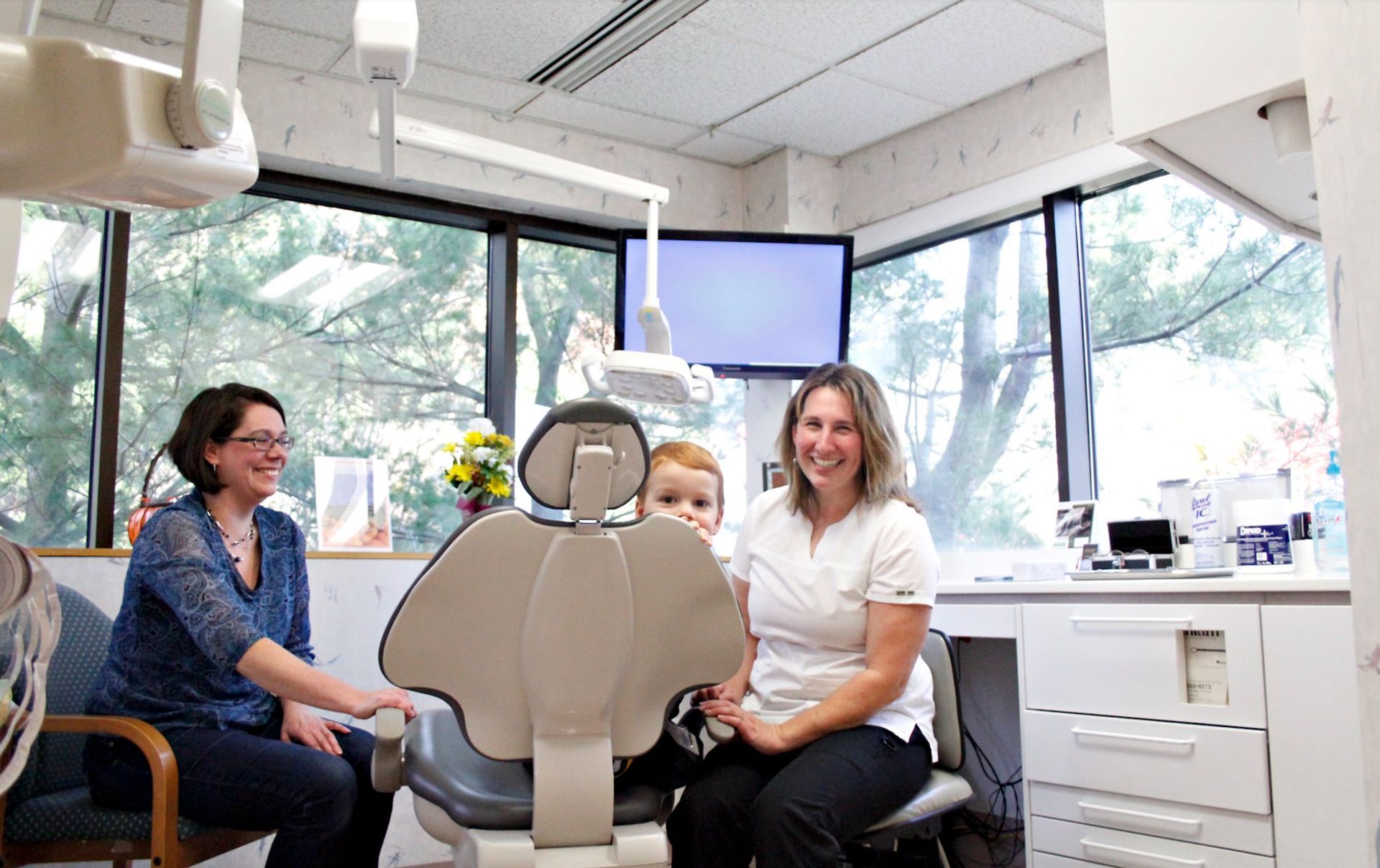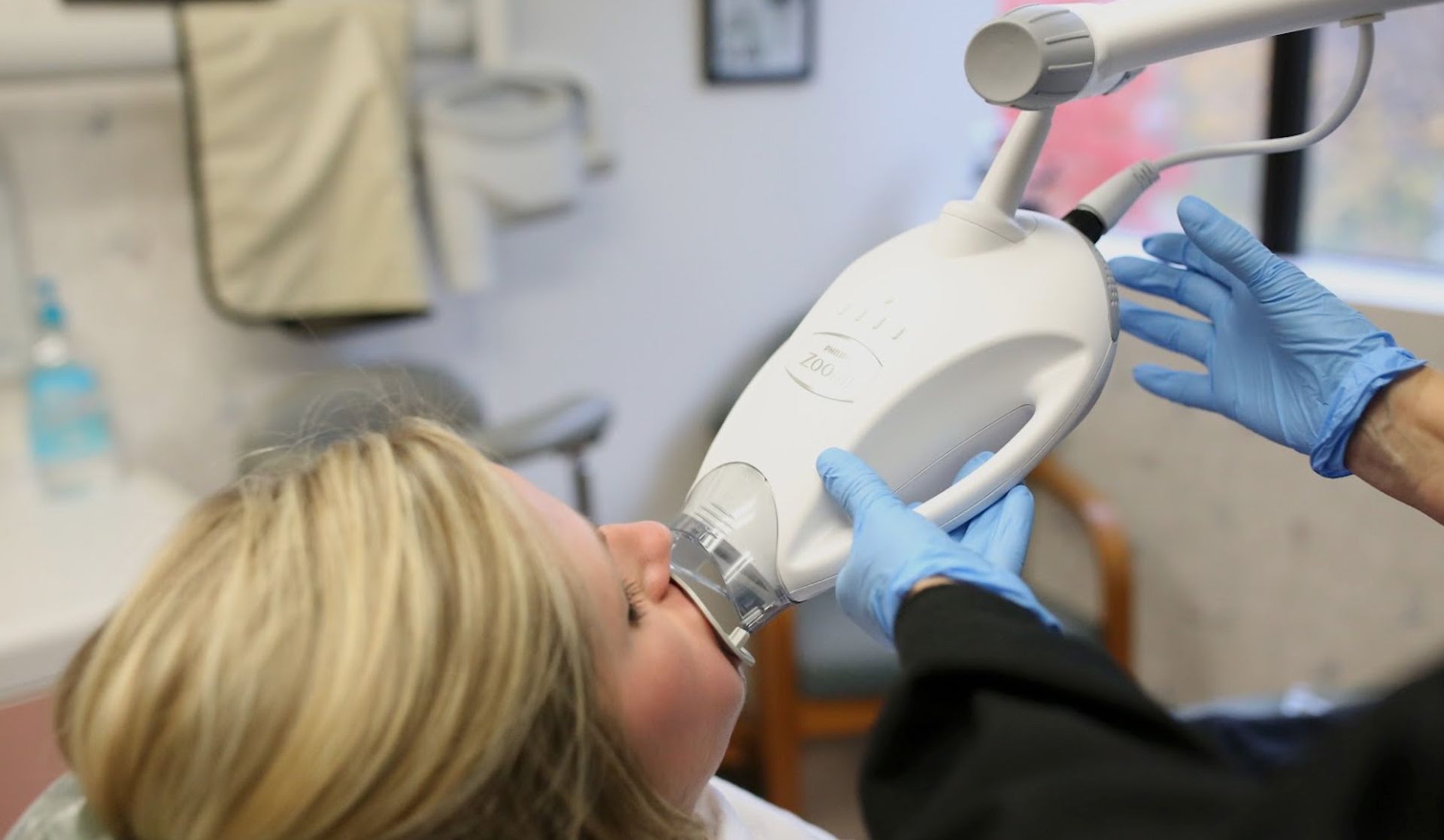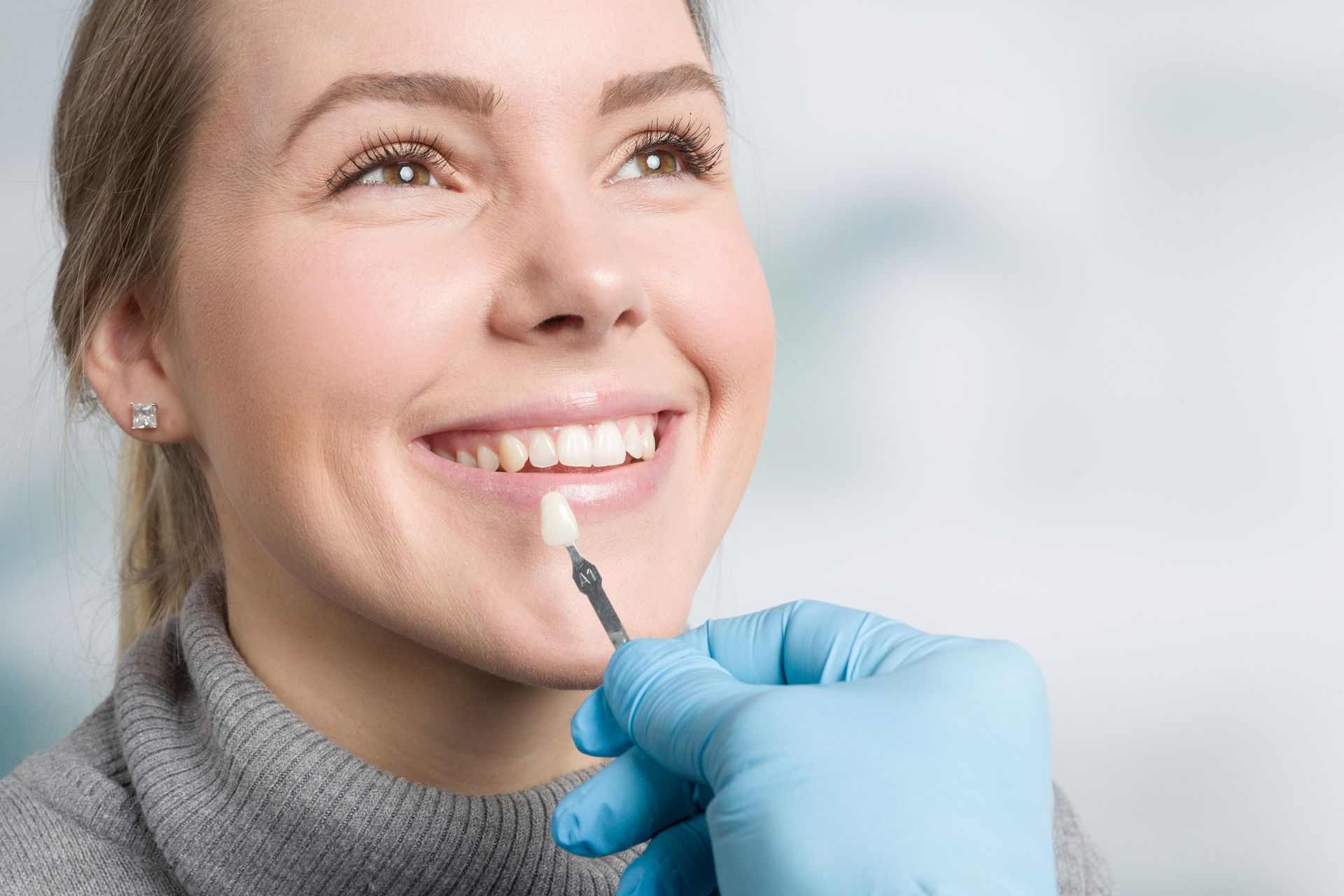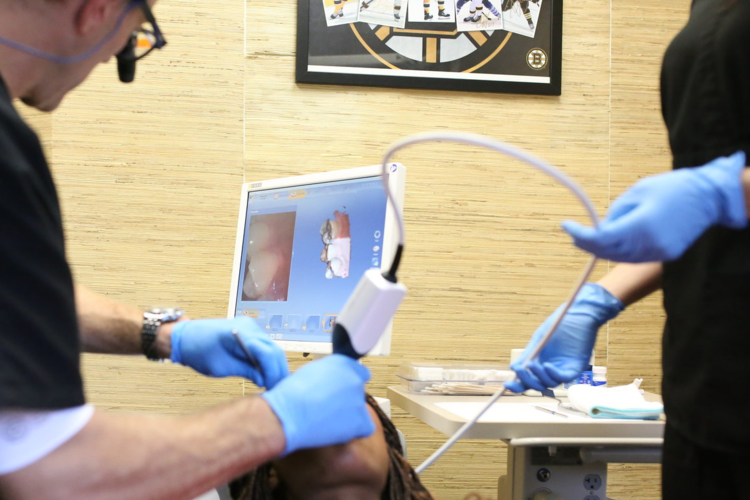Teledentistry: When Your Tooth Aches Now!
By Elizabeth M. Jenkins, Marketing and Communications Director
The year 2020 will be remembered as the year everyone had to stay home to stay safe. Toothaches and dental emergencies do not know there is a global pandemic happening and that dentist offices have been mandated to clear their in-office appointments.
The 16th-century proverb, “Necessity is the mother of invention,” rings especially true as we face new ways to live a social existence in a socially distant world. The Covid-19 has forced us to adapt to a different way of conducting our lives and our businesses. In the dental industry that means we need to find another way to see patients and help them through emergency situations when scheduling an office visit is not a viable option. Luckily 2020 also means remote technology-driven healthcare has spread its tentacles into the oral health field in the form of Teledentistry.
What is Teledentistry?
Teledentistry (also called virtual dental care) allows the patient and clinician to come together via a HIPAA-compliant live video conference in real-time, from any location.The experience is similar to Skype, Zoom, FaceTime, or WebEx.
How does it work?
Scheduling a teledentistry appointment can be done by calling the dentist office, scheduling online through the website or texting the emergency number on the website. Your dentist will create a link to connect to a face-to-face virtual appointment. The link is emailed or texted back to the patient. The patient clicks the link at the scheduled time and they are transported into a virtual waiting room until the dentist opens the virtual door and invites them into the chat room. The dentist has the opportunity to look at the patient’s history/chart before talking with the patient.
When can Teledentistry be helpful?
Teledentistry appointments are helpful for patients who are experiencing a toothache, pain, swelling, cracked tooth, loose tooth, abscess, lost filling, broken denture, or a temporary crown becomes loose or fell off. A dentist can often relieve patient anxiety while directing the next step to their relief. Teledentistry eliminates the need for unnecessary exposure during this coronavirus outbreak while still giving patients access to their dentist. It also helps patients avoid hospital emergency rooms as the dentist can triage the patient.
Is Teledentistry covered under dental insurance plans?
Many dental insurance companies recognize the benefits of virtual dental care both for the patient and for the dental offices.
Teledentistry has become a viable way for patients to communicate with dental professionals when patients have a dental emergency or concern but they can’t be seen immediately in the office. It is easy to use, less expensive, less time consuming, and removes travel time.
The next time you have a dental issue, remember that this remote technology-driven healthcare is here to help you!


